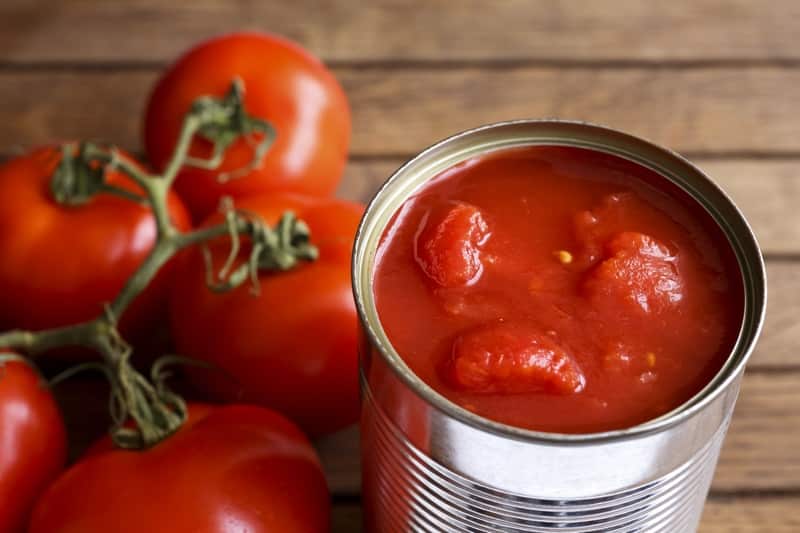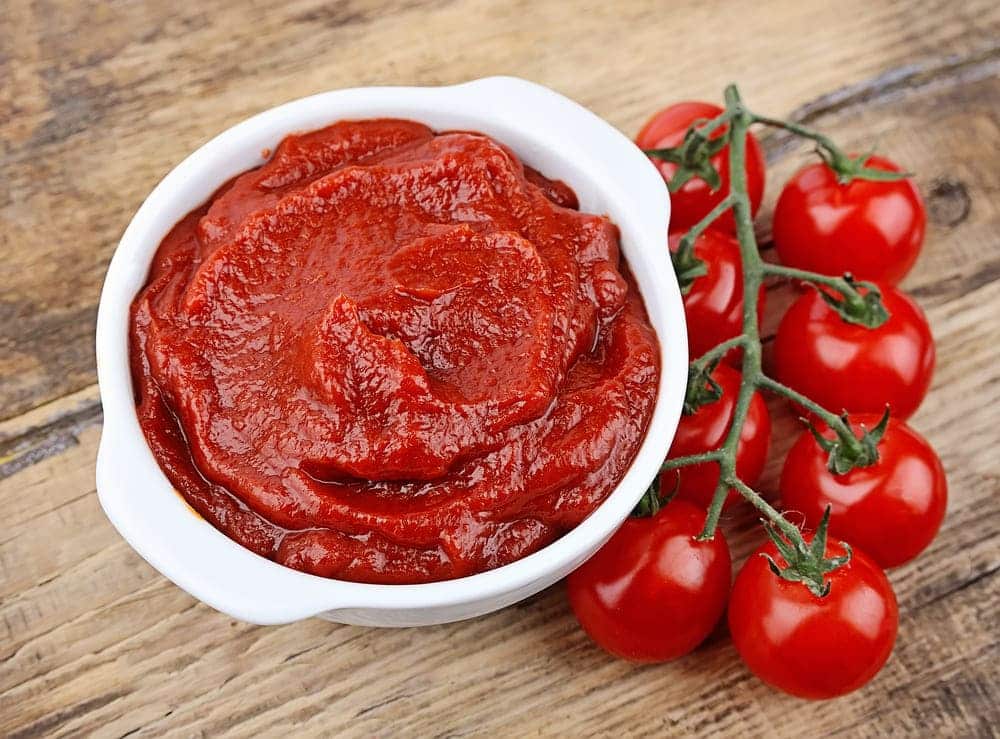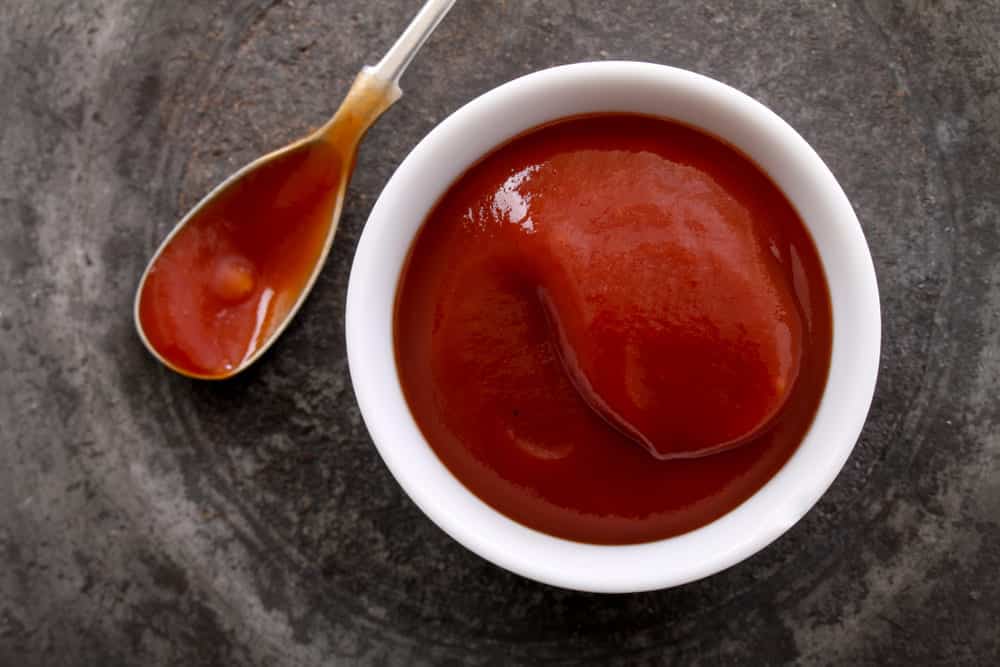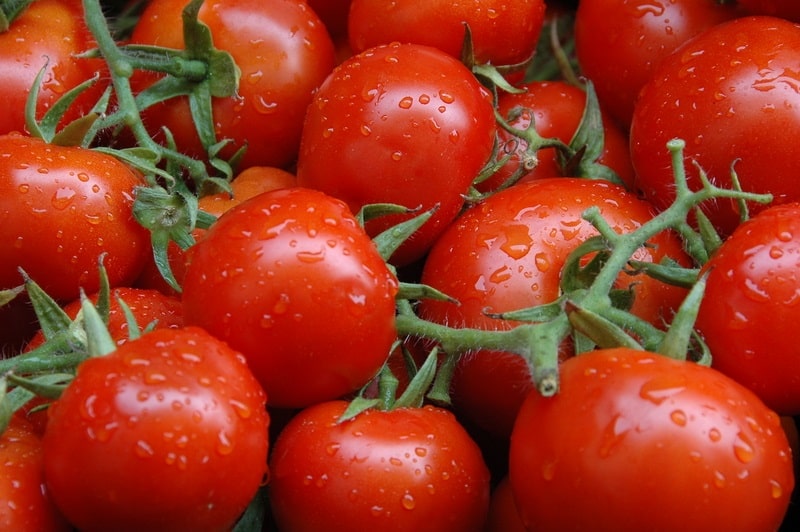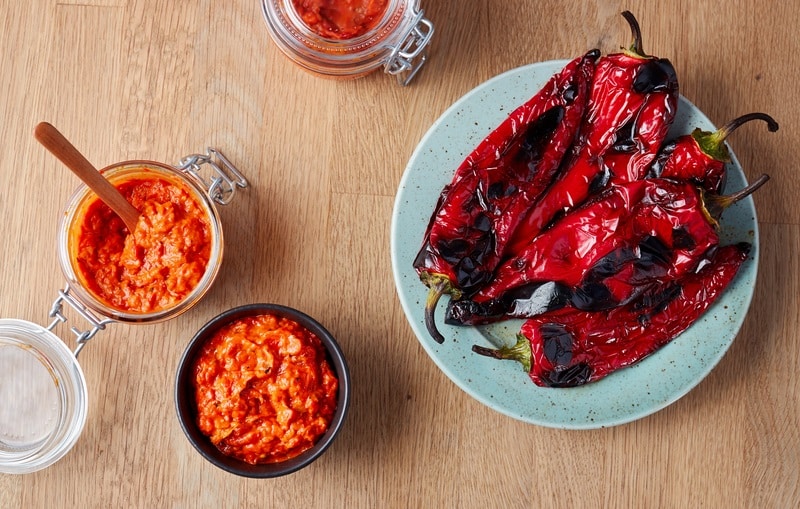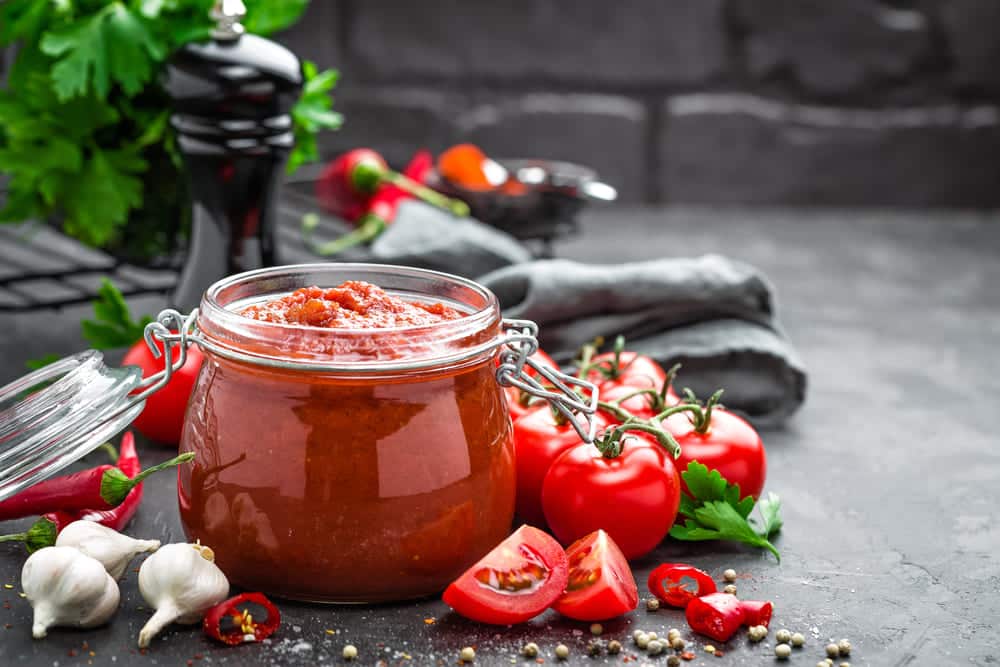
Tomatoes are a staple in cuisines around the world. Often considered to be a vegetable, the tomato is actually a fruit.
This ultra-nutritious fruit is used in dozens of dishes and consumed in canned and strained forms. If you like tomatoes, you must have heard about passata. It is particularly popular in British cuisines.
For the most part, passata is known to be a liquid tomato puree that is generally sold in glass jars as well as cartons. Usually, it contains 100% strained tomatoes without the addition of any flavorings.
However, it is seen that some manufacturers add a minor proportion of salt to make it a bit more flavorful.
Although passata is quite famous in Europe, you may not find it in your nearby grocery stores if it’s not widely used in your area.
If that’s the case, you may want to know about some of its cost-effective alternatives. In this post, you’d learn about the best Passata substitutes hereinafter.
Passata Substitutes
Passata is basically strained and pureed tomatoes that are widely sold in bottles. As mentioned earlier, passata is 100% tomatoes without additional flavoring and additives.
It has a smooth and unique appearance rather than a chopped or crushed texture. It makes a perfect addition to the tomato sauces.
To illustrate, passata is canned and crushed, making it readily available for people who want it. It delivers the intense tomato flavor in the sauces, such as soups and pasta sauce.
Other items, such as tomato paste or tomato sauce, are cooked and often come with additional additives, such as onions, garlic, etc. On the other hand, passata is 100% tomatoes and comes in raw form.
Now that you are clear about the consistency and texture of passata, we are sharing the substitutes with you!
1. Canned Tomatoes
According to many cooks, canned tomatoes are the finest substitute for passata. Amazingly, there are plenty of types of canned tomatoes, including whole peeled tomatoes, petite diced tomatoes, and several others.
Tomatoes for canning are picked when they are ripe and preservatives are added to them, so they don’t lose their freshness. Expectedly then, they taste pretty fresh.
There are hundreds of varieties of tomatoes in existence. Tomatoes with thick skin are preferred for canning purposes, so their flesh remains intact during the canning process.
Unlike passata, where you get tomatoes in uncooked form, canned tomatoes are cooked as they go through the sterilizing process after their skin is removed.
You might even find the chopped tomatoes in some cases, but they won’t be available in smooth puree form. You can use canned tomatoes for the same amount as passata.
To illustrate, one tin of canned tomatoes makes around half passata. Experts suggest that you can preserve canned tomatoes for as long as 18 months, and they’d retain their same epic taste.
In addition, you can take out the tomatoes from the jar and blend them to make passata. However, we suggest mashing them to get the thick texture because blending might result in a runny consistency. Also, you have to mash or blend a medium-sized tomato for making one tablespoon of passata.
While purchasing canned tomatoes, make sure to buy those that have BPA-free cans. Although most manufacturers don’t use those cans anymore, it’s a good rule of thumb to ask before you buy. Moreover, avoid buying canned tomatoes that come in dented or damaged cans.
2. Pasta Sauce Or Marinara Sauce
When it comes down to commercial tomato sauces, they tend to be more concentrated than passata. The tomato pasta sauce will have additional ingredients like basil or onion, so you must consider the recipe.
Some people use a 1:1 ratio for substitution, but you can also dilute it with water to make a passata-like appearance and texture. In case you need passata for making a sauce, this tomato pasta sauce will make a great option.
The tomato paste is actually suitable for selected dishes, but there might be compromises on the thickness of the sauce. In addition, when you use tomato pasta sauce, you will need to reduce the cooking time.
3. Tomato Paste
Tomato paste is basically tomato passata which has been concentrated in three folds. While passata is uncooked, tomato paste is generally made from cooked tomatoes.
Thanks to its concentrated and thicker nature, it is one of the most sought-after tomato items. From soups to stews, it is served with plenty of dishes all over the world. Due to its thick form, it is consumed in less proportion than passata or tomato sauce.
As a matter of fact, it tends to be less watery as compared to passata. However, you’d notice that the taste profile is quite similar. Even more, you can make your own passata by diluting the tomato paste.
For this purpose, you have to use one part of tomato paste with two parts of water for making passata.
4. Ketchup
Without an iota of doubt, ketchup is loved worldwide and is served with dozens of dishes, including fast food. However, be mindful that the tomato ketchup is likely to be sweeter as compared to passata, and it’s also more concentrated.
There’s no denying the fact that ketchup is an excellent addition to many dishes. However, you may not like it as a passata substitute if you don’t like sweet condiments. It all comes down to your personal preferences.
That being said, you should only use tomato ketchup as a substitute for passata if you don’t have any other option available. Generally, it’s best to add water to tomato ketchup to make it a decent substitute. Still, the flavor of your dish will be sweeter, and you might feel extra vinegar and spices.
The good news for you is that there are many passata substitutes on this list, and you are likely to find one regardless of the area where you live.
Ketchup in an opened can is fit to use for more or less five months. If you consume it after a period of five months, you may notice a slight change in its color or texture. Consider storing ketchup in a cool, dry, and dark place.
As far as unopened ketchup is concerned, it can last for up to one year. However, be mindful that the shelf life of ketchup depends on various factors. It’s recommended to refer to the expiry date printed on the can and discard the ketchup after it is expired.
5. Fresh Tomatoes
Fresh tomatoes are a fine choice for people who can work a bit (you can use them to make passata). For best quality, you may need to get a tomato strainer machine. If you use the fresh tomatoes directly, you might have to struggle with seeds and skins (you can cut them out, by the way).
However, you can remove the skins and seeds, blend the fresh tomatoes in the food processor, and you will have your own homemade passata. Also, you can strain this mixture to clean out the chunks or seeds. Lastly, don’t forget to peel off the skins!
Usually, passata is made at the end of the summer when a glut of ripe tomatoes is available.
6. Puréed Red Peppers
If you wanted to use passata to add the pop of flavor, but tomato isn’t the crucial flavor, we suggest using pureed red peppers.
You can make the red pepper puree on your own. For instance, you have to take the roasted red peppers, remove the skin, and blend them in the food processor. You have to blend until the red pepper puree is smooth.
